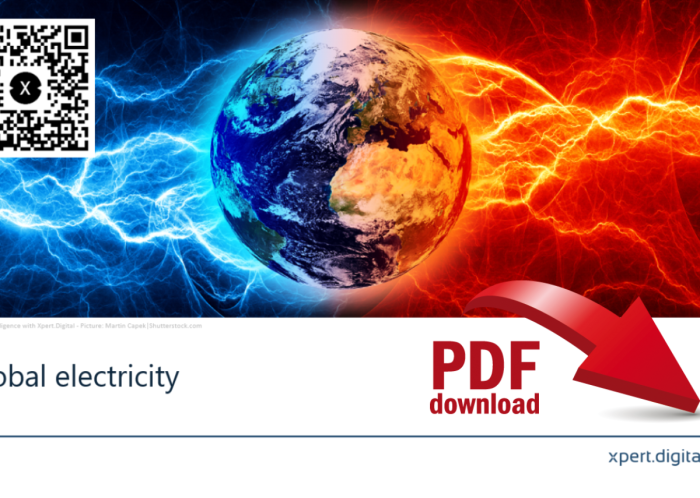
In a world increasingly reliant on electricity, the need for effective global electricity regulation has never been more critical. As we navigate the complexities of climate change, technological advancements, and interconnected energy systems, understanding the intricate web of regulations that govern the flow of power across borders is essential. From international agreements to national frameworks, this exploration delves into the challenges and opportunities presented by global electricity regulation, examining its impact on our energy future.
This exploration examines the historical development of global electricity regulation, highlighting the key international organizations and agreements that shape the landscape. It analyzes the regulatory frameworks of major countries and regions, comparing their approaches to market structure, renewable energy targets, and grid infrastructure. Furthermore, we will investigate the influence of emerging trends like climate change, renewable energy technologies, and cybersecurity on the future of global electricity regulation.
Introduction to Global Electricity Regulations

In today’s interconnected world, electricity has become an indispensable commodity, driving economic growth and social development. Regulating this vital resource effectively is crucial to ensure its reliable and sustainable supply, particularly as global demand continues to rise. Global electricity regulation aims to establish a framework for international cooperation, addressing the complex challenges and opportunities associated with this essential energy source.
The significance of global electricity regulation stems from the interconnected nature of modern energy systems. Electricity flows across borders, making it essential to coordinate policies and regulations to ensure seamless operation and prevent disruptions. Additionally, the growing importance of renewable energy sources, such as solar and wind power, necessitates cross-border collaboration to optimize their deployment and integration into national grids.
Challenges and Opportunities in Global Electricity Regulation
Global electricity regulation faces significant challenges and opportunities. These include:
- Ensuring grid stability and reliability across national boundaries.
- Promoting cross-border trade in electricity to facilitate efficient resource allocation and market integration.
- Addressing environmental concerns, including carbon emissions and the impact of energy infrastructure on ecosystems.
- Facilitating the integration of renewable energy sources into existing electricity grids.
- Balancing the interests of various stakeholders, including consumers, energy producers, and environmental groups.
Historical Development of Global Electricity Regulation
The historical development of global electricity regulation has been marked by a gradual evolution towards greater international cooperation. Early efforts focused on bilateral agreements between neighboring countries to facilitate cross-border electricity trade. These agreements typically addressed technical issues related to grid synchronization and interconnection.
The establishment of international organizations, such as the International Energy Agency (IEA) and the International Electrotechnical Commission (IEC), played a significant role in fostering collaboration and setting standards for electricity regulation. These organizations developed guidelines and best practices for electricity grids, safety standards, and environmental protection.
The emergence of regional electricity markets, such as the European Union’s internal energy market, has further accelerated the development of global electricity regulation. These markets aim to create a single trading area for electricity, promoting competition and efficiency.
Epilogue

Global electricity regulation stands at a pivotal juncture, where the need for a coordinated approach to address climate change, technological innovation, and geopolitical complexities is paramount. By fostering collaboration among nations, promoting the adoption of sustainable energy practices, and ensuring the security and resilience of energy infrastructure, we can unlock the full potential of electricity to power a brighter and more sustainable future. This journey into the world of global electricity regulation unveils the complexities and opportunities that lie ahead, illuminating the path toward a more interconnected and sustainable energy landscape.
Top FAQs
What are the main challenges in regulating electricity on a global scale?
Regulating electricity globally presents several challenges, including coordinating diverse national policies, ensuring grid stability across borders, addressing cybersecurity threats, and harmonizing regulatory frameworks to facilitate cross-border electricity trade.
How do international organizations influence global electricity regulation?
International organizations like the International Energy Agency (IEA), the International Electrotechnical Commission (IEC), and the International Renewable Energy Agency (IRENA) play a significant role in shaping global electricity regulation by developing standards, promoting best practices, and facilitating international cooperation.
What is the impact of climate change on global electricity regulation?
Climate change is driving a shift towards cleaner energy sources, leading to increased regulations promoting renewable energy integration, energy efficiency, and carbon emission reduction targets within the electricity sector.
What are the key trends shaping the future of global electricity regulation?
Emerging trends like smart grids, distributed generation, energy storage, and artificial intelligence are transforming the electricity sector and influencing the development of future electricity regulations.




